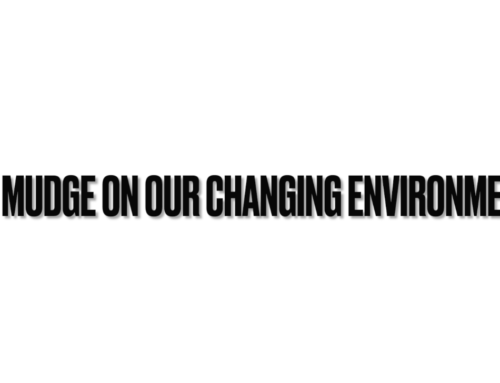In this morning’s New York Times, I came across three stories relating to the future and the public sector.
The story that first caught my attention was “With a Departure, a Job Is Again Redefined.” President Obama just appointed his third “Senior Advisor,” Dan Pfeiffer, succeeding David Axelrod and David Plouffe. The story suggests that the president wasn’t sure if needed this advisor, but ultimately decided yes, in order to have someone who could continue to take the long view. They quote Plouffe saying “The president does want someone who’s thinking down the road a little bit….thinking about things strategically…..you’re thinking about the next move or two or three.” The piece goes on to suggest the role is akin to equal parts counselor, confidant, strategy and truth-teller. I initially just sighed and longed for a day when futurist might at least be one of the “equal parts.” But within constraints of a “next move or two” timeframe, there might not be much for a futurist to do anyway.
The second story was “Official Says Israel Has Options Short of War to Hinder Iran’s Nuclear Ambition.” In it, a senior US defense official was quoted: “The US military constantly plans for a range of contingencies we might face around the world, and our planning is often quite detailed….That shouldn’t come as a surprise to anyone.” Without getting into a discussion of whether it is a surprise or not, clearly the military’s planning horizon is extending beyond the administration’s.
One final ingredient. A third story, The “Disaster Preppers Next Door” featured the “bug-out” bag, basically the essentials for making one’s escape from the collapse of civilization. It veers between good, sensible disaster-preparedness, and a somewhat surreal notion that a backpack full of gadgets will enable one to survive an apocalypse. The timeframes of this movement seem to vary between a very short-term “escape” and a larger notion of adapting to a civilizational collapse. Just the fact that this movement is out there means that a constituency of the government has really given up on it. This is not the typical complaining, or even disgust or anger, but literally checking out. As this article points out, the movement is not just a bunch of crazies, and most of us probably know someone taking these kinds of steps (in a personal note, my tax guy is one). Their timeframe is murky, but one might say it’s a fairly long-term view (although some may feel the collapse is imminent).
So here we have three different timeframes regarding the public sector in one Sunday edition of the newspaper. It reminded me of a point raised in my recent re-read of “Panarchy: Understanding Transformations in Human and Natural Systems.”
It talked about how a tricky problem in dealing with natural and human systems is that “P9 “one of the most telling properties of ecological systems emerge from the interactions between slow- and fast-moving processes….” Put simply, systems operate on different timescales.
Another connection I made comes from an Association of Professional Futurists listserve discussion of systems mapping, in which an excellent piece by Schultz, Crews and Lum: Scenarios: A Hero’s Journey across Turbulent Systems suggests how scenarios can handle multiple timeframe challenges. It referenced some outstanding earlier work by Curry and Hodgson: “Seeing in multiple horizons: Connecting futures to strategy.”
As I think about where foresight might benefit from putting its attention, I’ll nominate dealing with multiple timeframes as a challenge worthy of greater attention. And we’re seeing some nice work beginning to emerge around it. Andy Hines





